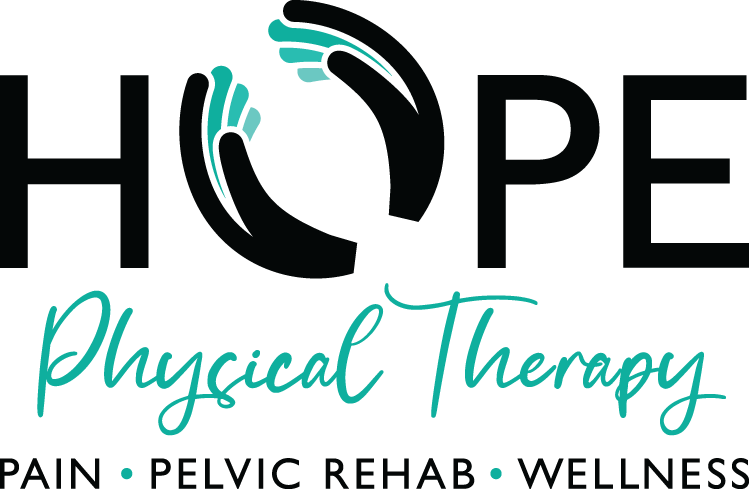
Manual Therapy Techniques
Manual therapy is very effective for managing musculoskeletal pain. At HOPE Physical Therapy, we offer treatment focused on eliminating restricted, painful tissue. Manual therapy can increase range of motion, reduce inflammation, and induce relaxation. By improving tissue health, we can improve circulation, flexibility, and movement ease, allowing the body to function efficiently and help heal itself.
Your therapist will work to determine the cause of the problem and rid your body at the source of the pain through Hands-On Pain Elimination. (HOPE) Your therapy in the clinic will not consist of any exercises. Your therapist will demonstrate any needed exercises for your home exercise program.
Common Manual Therapy Techniques
Myofascial Release: This technique involves gentle sustained pressure into the myofascial connective tissues to restore fascial elasticity, blood flow, and motion.
Soft tissue Mobilizations: This technique is used on your muscles, ligaments, and fascia to break down adhesions which can restrict movement and optimize muscle function using deep pressure and gentle stretching techniques.
Instrument Assisted Soft Tissue Mobilization (IASTM): This technique is a skilled intervention that includes the use of specialized tools to manipulate the skin, myofascia, muscles, and tendons by various direct compressive stroke techniques.
Cupping: This technique uses silicone, hard plastic, or glass cups to cause the skin to rise and blood vessels to expand, lifting and separating tissue by creating suction, which improves blood flow and relaxation and reduces pain.
Trigger Point Release: This technique increases the local blood flow because of ischemic compression as well as the stretching of the trigger point zone.
Dry Needling: This technique involves the use of thin filament needles that are inserted through the skin into trigger points to stimulate the tissue.
Joint Mobilizations: This technique involves gentle movements that increase the range of motion slowly without aggravating sore or stiff joints. The therapist uses skilled, graded force to glide the joint to improve motion and normalize joint function.
Strain-Counter-Strain: This technique is used to eliminate tissue tension by placing the muscle in a shortened position for 90 seconds or more, promoting relaxation of a tender-point.
Lymphedema: Treatment of lymphedema involves manual therapy using manual lymphatic drainage to remove excess fluid from an affected area.
Manual Therapy
Vs.
Massage
Many people use the terms massage therapy and manual therapy synonymously, but there are significant differences between the two.
Manual therapy is performed in a clinic with an established plan of care that is determined by the Physical Therapist during the patient’s initial evaluation. Manual therapy consists of techniques that physical therapists utilize to assess and treat patients. A State licensed physical therapist will use their extensive knowledge of human anatomy and physiology to determine the most beneficial manual therapy techniques to help the patient. Each technique offers its own benefits and is implemented in the treatment plan for many reasons. These techniques are applied to reduce pain and inflammation, promote increased circulation, and are often used in the treatment of chronic pain, muscle tension throughout the body, issues with joint mobility, and migraines.
Massage is defined as the action of squeezing and rubbing someone's body, as a way of making them relax or reducing their pain. The goal of massage is to reduce tension, stress, and anxiety while promoting relaxation. Massage therapists traditionally use 1 technique, soft tissue mobilization, and is applied to the whole body.
Therapeutic massage is a more specialized massage therapy and has increased in popularity. Therapeutic massage uses techniques closer to that of manual therapy to treat pain. While manual therapy and therapeutic massage are similar, there is a fundamental difference in that manual therapy treatments are part of a diagnosed plan of care prescribed by a highly educated licensed Physical Therapist.



